Imagine walking into a room where a mid-century modern chair comfortably sits beside an ornate Victorian table, each piece telling its own story yet harmonizing beautifully. This artistic blend of old and new decor styles creates a unique narrative in your home, effortlessly merging the charm of the past with the sleekness of contemporary design. Whether you’re just beginning your interior design journey or are a seasoned decorator always on the hunt for fresh ideas, understanding how to mix different eras of decor can transform your space into a truly personal sanctuary.
The magic of combining vintage and modern elements lies in its ability to evoke nostalgia while keeping your environment fresh and dynamic. By mastering this artful balance, you not only honor the legacy of beloved heirlooms but also embrace the innovation of new design trends. In this article, we’ll guide you through seven inspiring ways to seamlessly integrate old and new styles, offering practical tips and creative insights that will elevate your home decor game. Embrace the exciting challenge of blending these diverse elements, and watch as your living space becomes a vibrant reflection of your personality and taste.
Defining Your Eclectic Vision
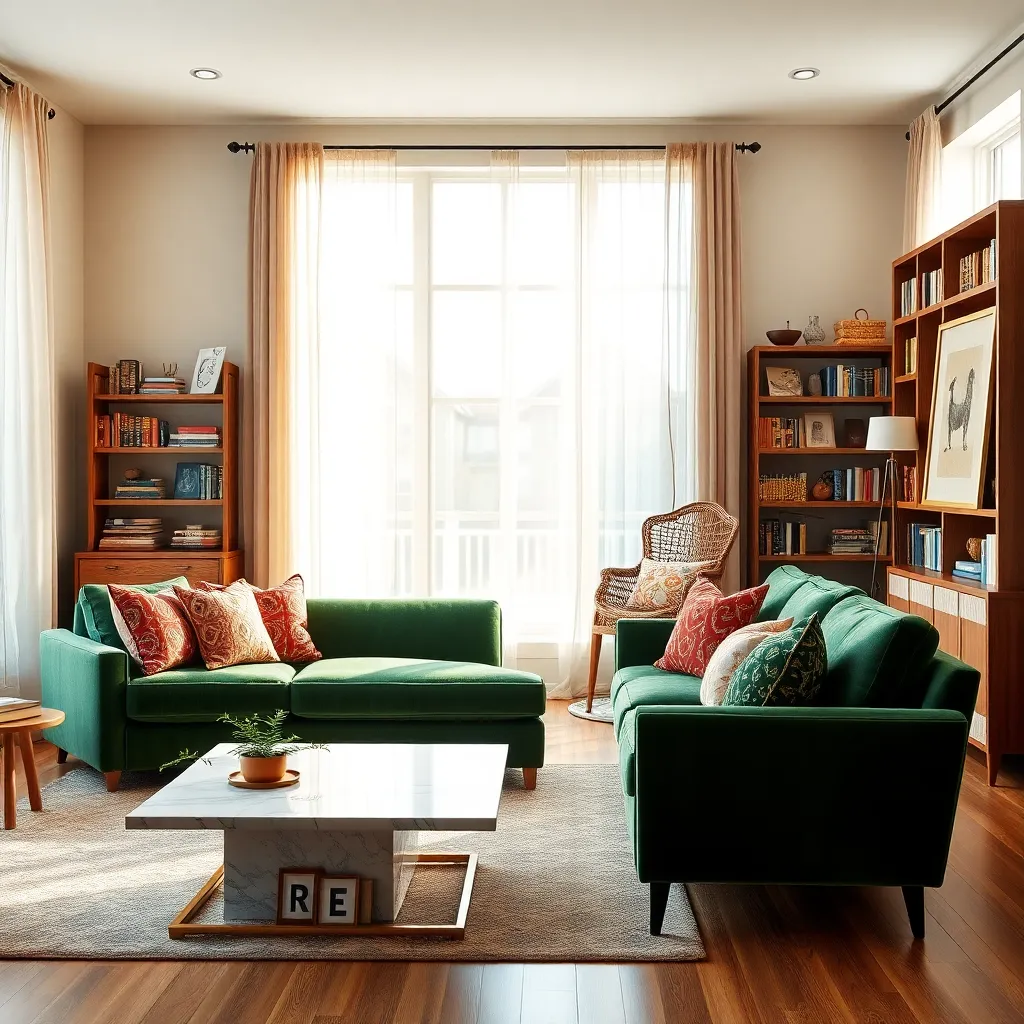
Creating an eclectic vision begins with understanding the harmony between contrasting elements. To achieve this, consider combining a vintage armchair with a sleek, modern coffee table, ensuring a balance between the old and the new.
Start by selecting a color palette that unifies different styles within the space. Opt for a neutral base such as whites or grays, which can seamlessly tie together bold accents like a mid-century modern lamp or a Victorian rug.
Placement of furniture is crucial for maintaining an eclectic yet cohesive look. Position larger, statement pieces like an antique armoire or an industrial bookshelf against walls to create a stable backdrop for smaller, decorative accessories.
For those more experienced in design, play with textures to add depth and interest. Mix materials by pairing a leather sofa with a plush, velvet throw, or introduce a glass coffee table to contrast with a rustic wooden floor.
Choosing Timeless Statement Pieces
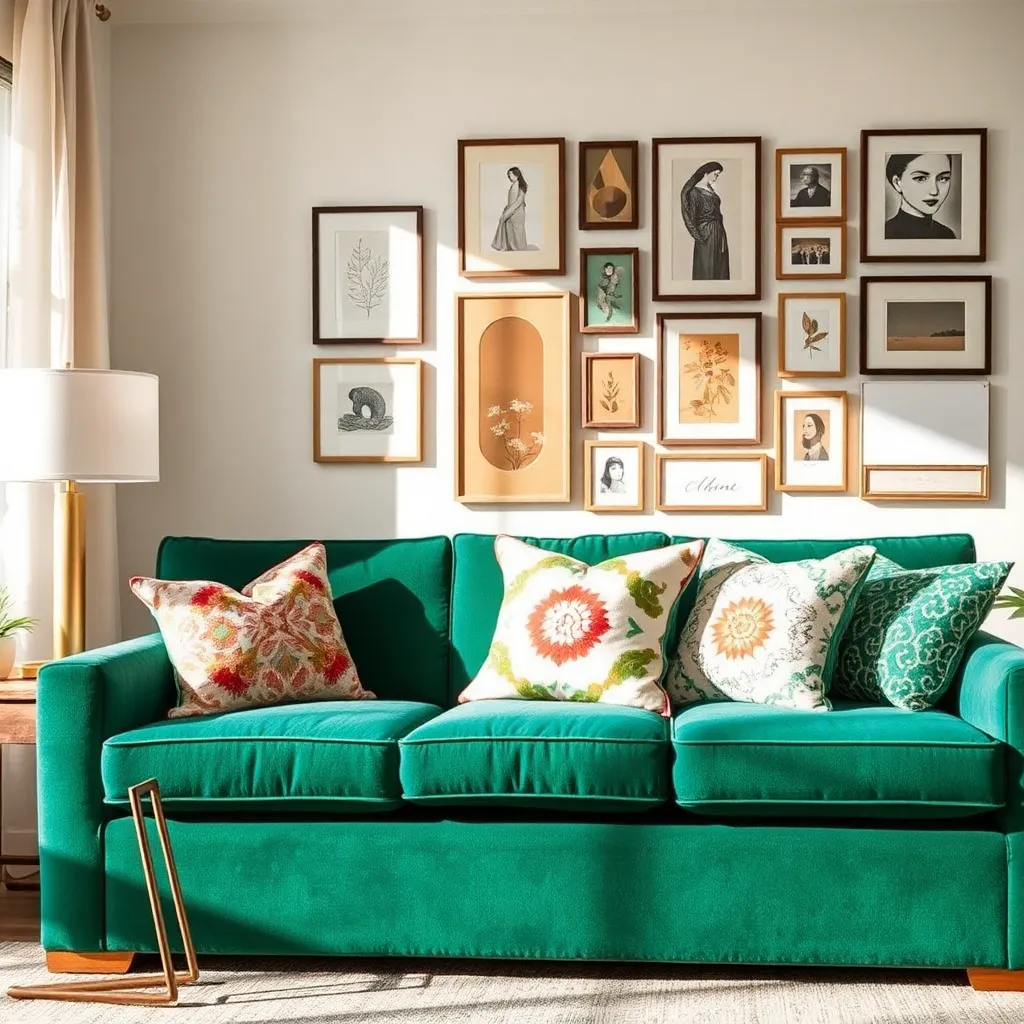
Incorporating timeless statement pieces into your decor is a surefire way to bridge the old with the new. Start by selecting items that boast both durability and distinctive design, such as a classic Eames chair or a vintage Persian rug, which can serve as focal points in any room.
Consider the material and craftsmanship of your statement pieces, opting for quality materials like solid wood, leather, or hand-blown glass. Such materials not only ensure longevity but also blend seamlessly with modern and traditional elements, giving your space a rich, layered look.
Placement is key when integrating statement pieces into your decor. Position them in areas where they can shine, such as placing a standout chandelier in the dining room or an antique console table in the entryway to greet guests with style.
For a more advanced approach, experiment with contrasting styles by pairing a sleek modern sofa with a vintage coffee table. This juxtaposition creates visual interest and tells a story, showcasing your unique taste and design acumen.
Incorporating Modern Art Elements
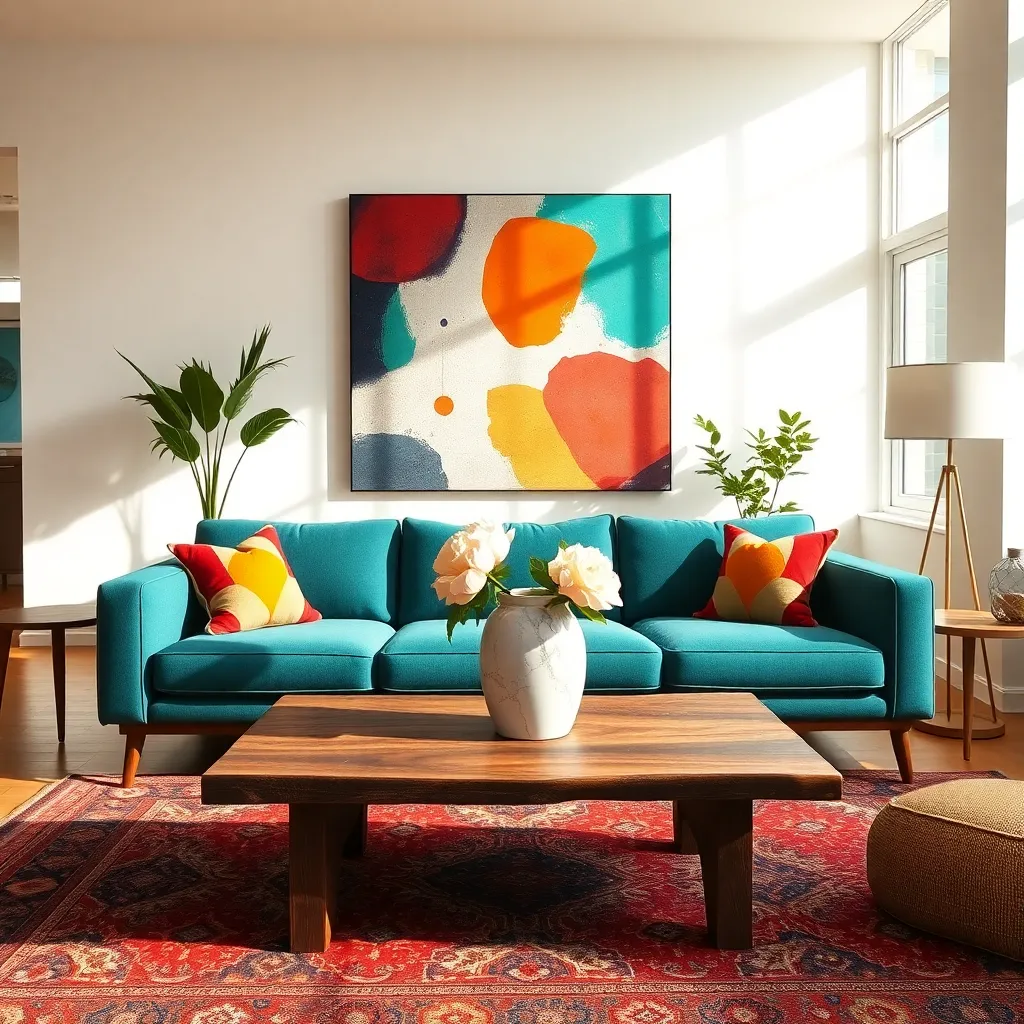
Modern art elements can breathe new life into your decor by introducing a sense of dynamism and innovation. To start, consider adding a bold abstract painting or a striking sculpture to serve as a conversation starter and focal point in your room.
When selecting furniture, opt for pieces with clean lines and simple forms that complement the artwork without overshadowing it. Use materials like glass, metal, and polished wood to create a contemporary backdrop that allows the art to shine.
Color plays a crucial role in incorporating modern art elements successfully. Choose a neutral palette for your walls and large furniture, which will allow vibrant art pieces to pop and make a statement.
For a more advanced touch, experiment with layering different art styles to create an eclectic yet harmonious aesthetic. Place a modern art piece alongside a vintage item, like an antique mirror, to achieve an artistic juxtaposition.
Blending Textures for Depth
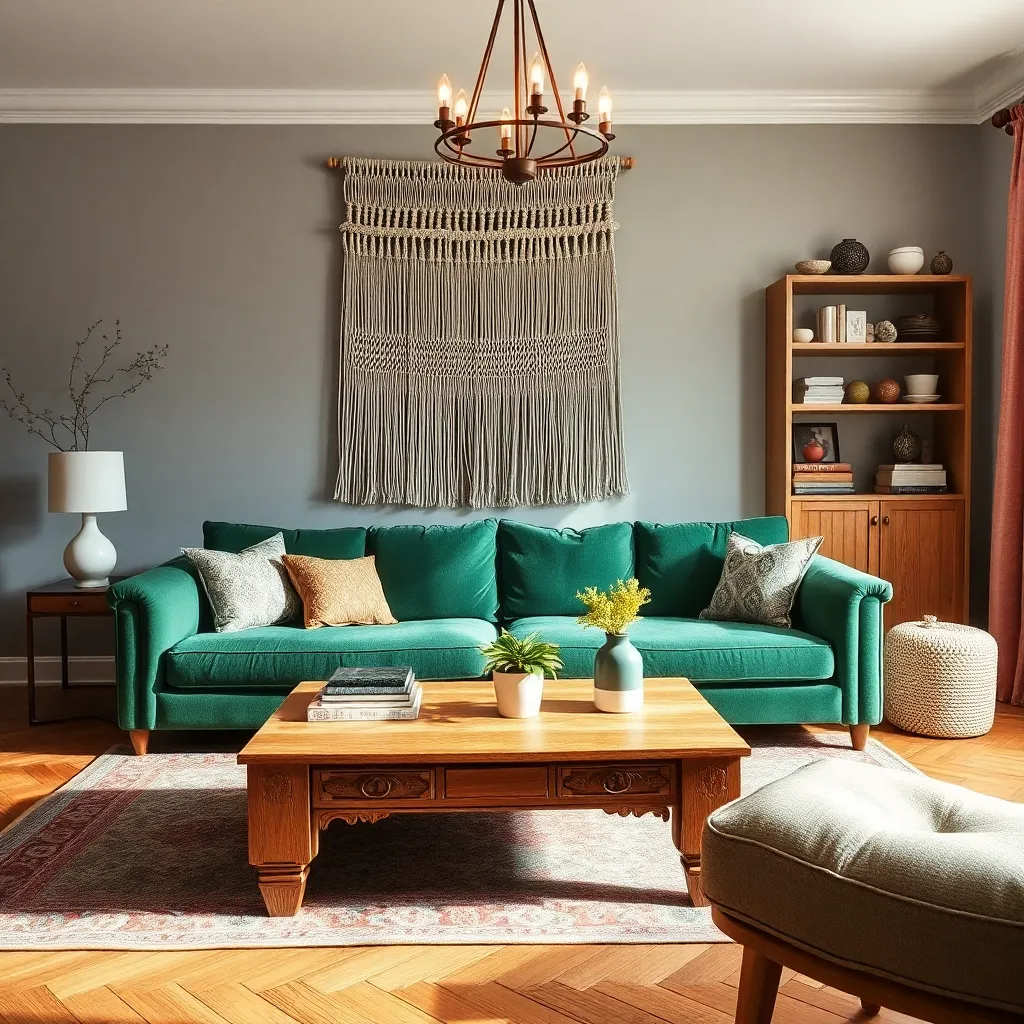
Blending textures is a powerful way to add depth and interest to your interiors, creating a layered and inviting atmosphere. Start by mixing different fabric types such as velvet, linen, and wool to introduce varied tactile experiences in a room. Consider using a plush velvet sofa as a centerpiece, complemented by linen pillows and a chunky wool throw for a cozy yet sophisticated vibe. This combination not only adds visual contrast but also invites guests to explore the space through touch.
To achieve a balanced look, incorporate natural materials like wood and stone alongside your fabric choices. A wooden coffee table with a smooth finish can provide a warm contrast to a stone hearth or ceramic vases. Opt for reclaimed wood pieces to introduce a sense of history and character, harmonizing beautifully with a sleek stone countertop or an elegant marble accent piece. This mix of organic elements ensures that your space feels grounded and authentic.
For those seeking an advanced approach, try layering patterns and textures in unexpected ways. Combine a geometric rug with floral cushions or a striped armchair to create a dynamic visual interplay. Ensure that the color palette remains cohesive by selecting patterns that share a common hue, allowing the textures to shine without overwhelming the senses. This technique can instantly elevate a room, offering a delightful surprise and a fresh perspective on traditional design principles.
Finally, don’t overlook the power of metallic accents to add a touch of glamour and modernity. Use brass or copper elements like lamps, picture frames, or hardware to contrast against matte textures. Incorporating these shiny surfaces can reflect light and add a sense of luxury, enhancing the overall depth of the room. By thoughtfully combining these elements, you can create a space that feels dynamic, rich, and perfectly balanced.
Maintaining Color Harmony
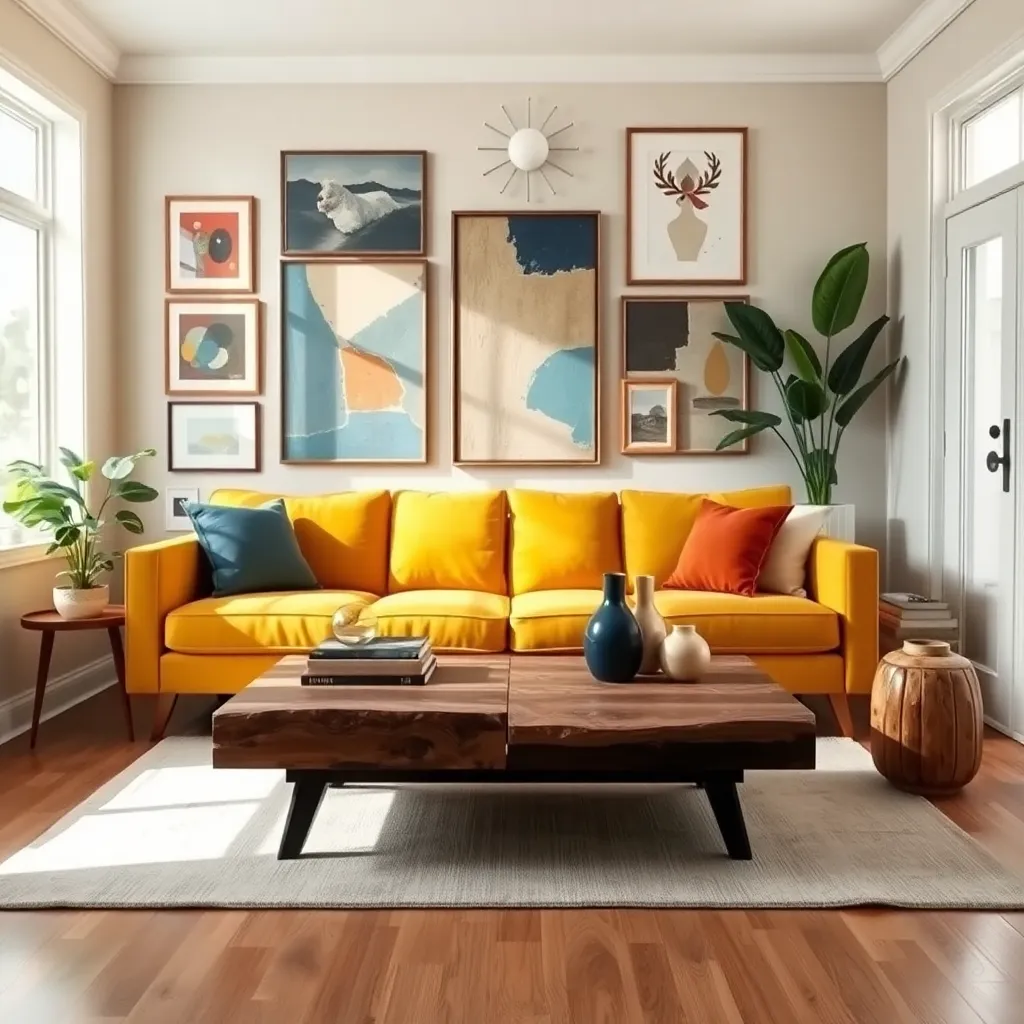
Creating color harmony in your home involves a delicate balance between different hues, making sure they complement rather than clash. Begin by selecting a dominant color that sets the tone for the space, using it on larger elements like walls or a central piece of furniture.
Incorporate accent colors to add interest and depth without overwhelming the room. Use these secondary shades in smaller items such as pillows, throws, or artwork to create a cohesive look.
For those ready to experiment, try using a color wheel to identify complementary colors, which sit opposite each other on the wheel and provide a vibrant contrast. This technique can be particularly effective in spaces where you wish to draw attention, such as a feature wall or a statement piece of vintage furniture.
Consider the impact of natural light on your chosen colors throughout the day, as it can alter their appearance. Use this knowledge to position colorful elements in spots where light enhances their beauty, ensuring your space remains harmonious and inviting at all times.
Layering Vintage and Contemporary
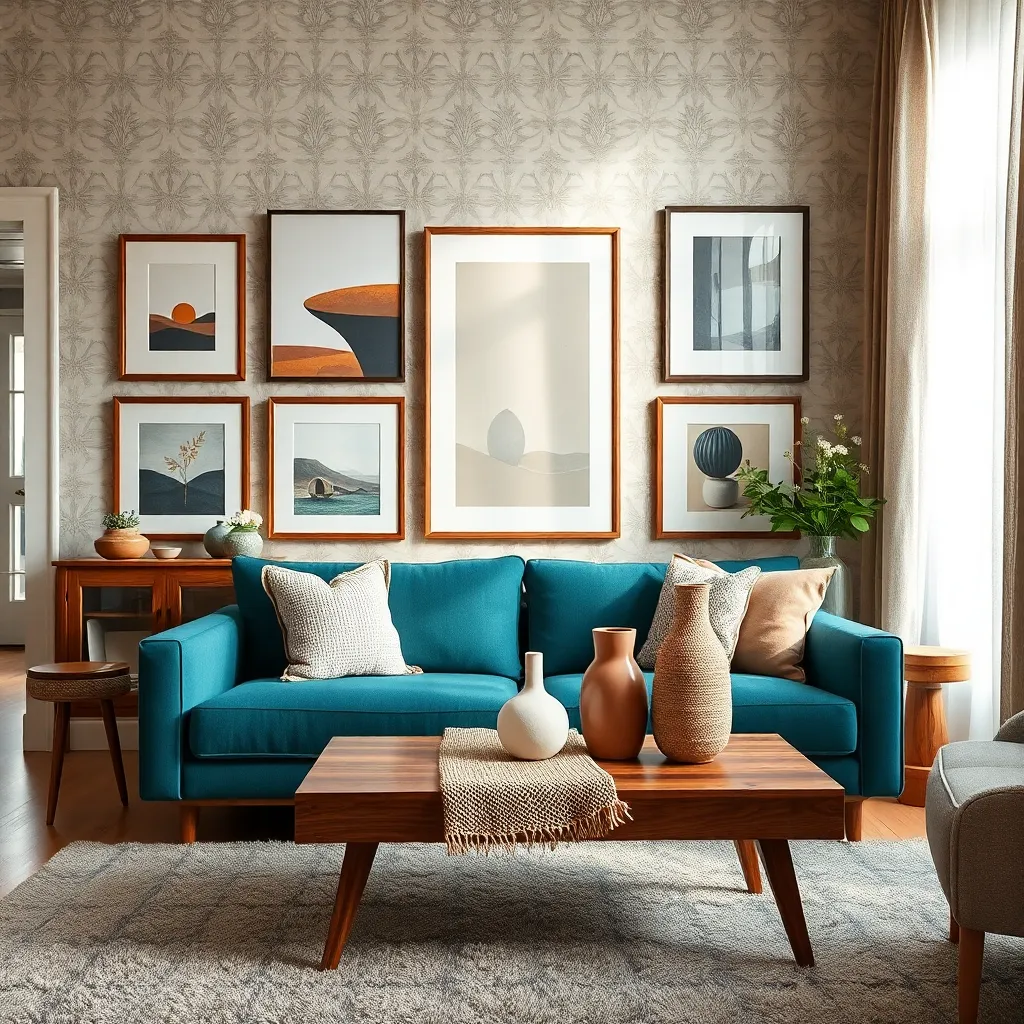
Blending vintage and contemporary styles begins with selecting key furniture pieces that embody the essence of both eras. Opt for a vintage armchair with a mid-century modern design and pair it with a sleek, minimalist coffee table to create a balanced contrast.
To establish a cohesive look, focus on a unified color palette that complements both vintage and contemporary elements. Choose neutral tones like greys, whites, and beiges as a foundation, and introduce bold, modern accents in accessories like cushions or artwork.
Incorporating texture is essential when layering different styles, as it adds depth and interest to the room. Consider mixing materials such as a velvet vintage sofa with a contemporary glass or metal side table to achieve a sophisticated yet eclectic feel.
Strategic placement of decor items can further enhance the seamless integration of old and new. Group vintage trinkets or antiques together on a modern console table to create a curated display that draws the eye and tells a story.
Curating a Personalized Aesthetic
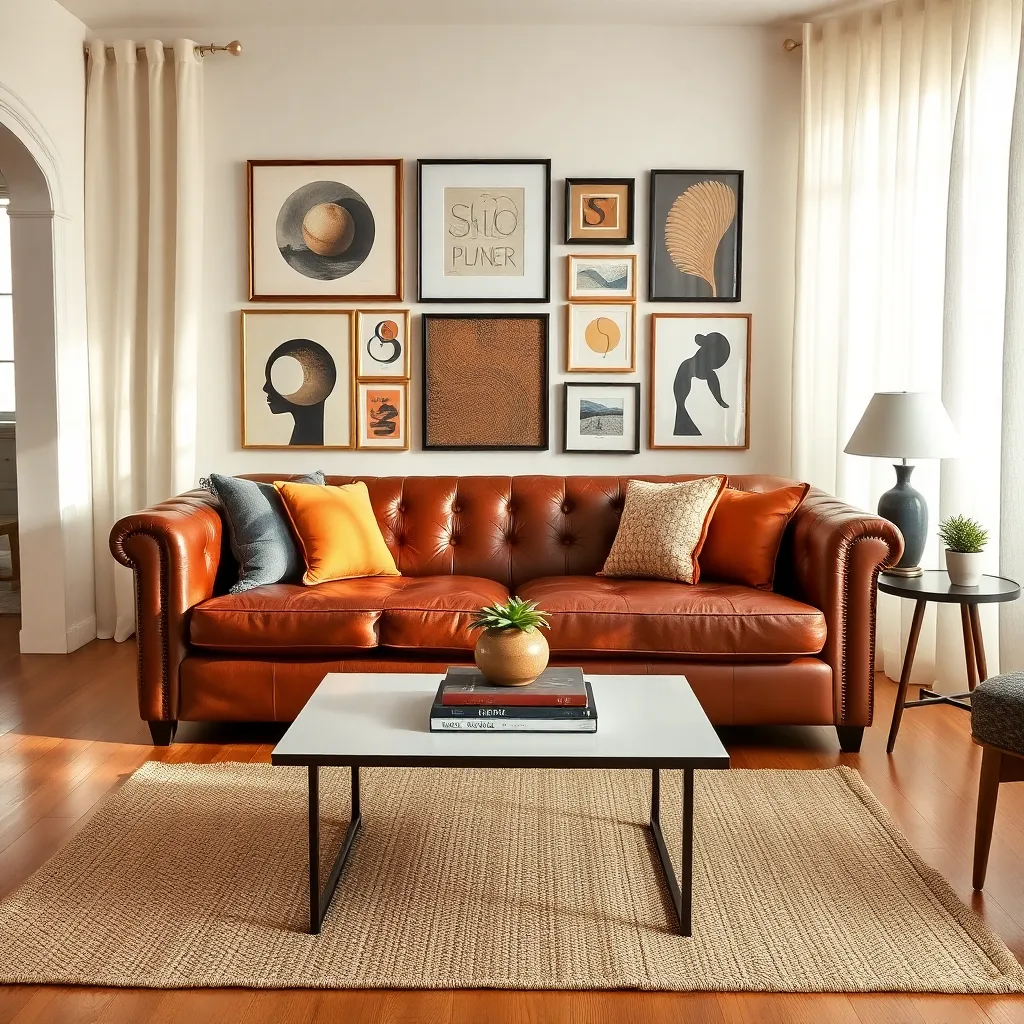
Creating a personalized aesthetic begins with identifying the elements that reflect your personality and lifestyle. Start by making a list of your favorite colors, patterns, and materials to guide your design choices.
Consider incorporating furniture pieces that have personal significance or tell a story. Mixing a family heirloom with a modern piece can add a unique touch and create a sense of continuity between the past and present.
To ensure a cohesive look, select a neutral color palette as your base, and layer in bold accents through artwork or textiles. This approach allows you to experiment with different styles while maintaining harmony in your space.
Advance your design by focusing on the balance between old and new. Use modern lighting fixtures to highlight antique furniture, and choose vintage rugs to ground contemporary settings.
Conclusion: Growing Success with These Plants
As we journeyed through the captivating blend of old and new decor styles, we uncovered seven key relationship concepts: understanding individual histories, embracing change, balancing tradition with innovation, celebrating differences, fostering open communication, cultivating a shared vision, and nurturing adaptability. These principles are not only essential for creating harmonious spaces but also for nurturing thriving relationships.
Now, take a moment to reflect on these insights and identify one area in your relationship where you can introduce a refreshing change or deepen your connection. Perhaps it’s time for a heartfelt conversation about your shared goals or a creative project that honors each of your unique contributions.
Remember, relationships flourish when nurtured with intention and care. To ensure you have these valuable concepts at your fingertips, save or bookmark this article as a handy reference for the future.
By embracing the art of mixing old and new, your relationship can grow stronger and more resilient. Look ahead with optimism, knowing that with each thoughtful step, you’re building a relationship that stands the test of time. Here’s to creating a beautiful, enduring partnership that reflects the best of both worlds.
